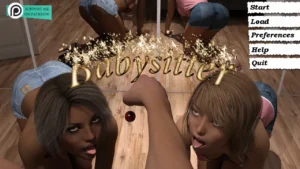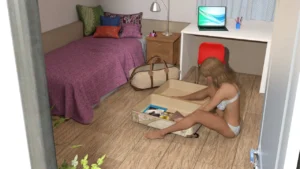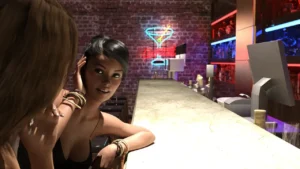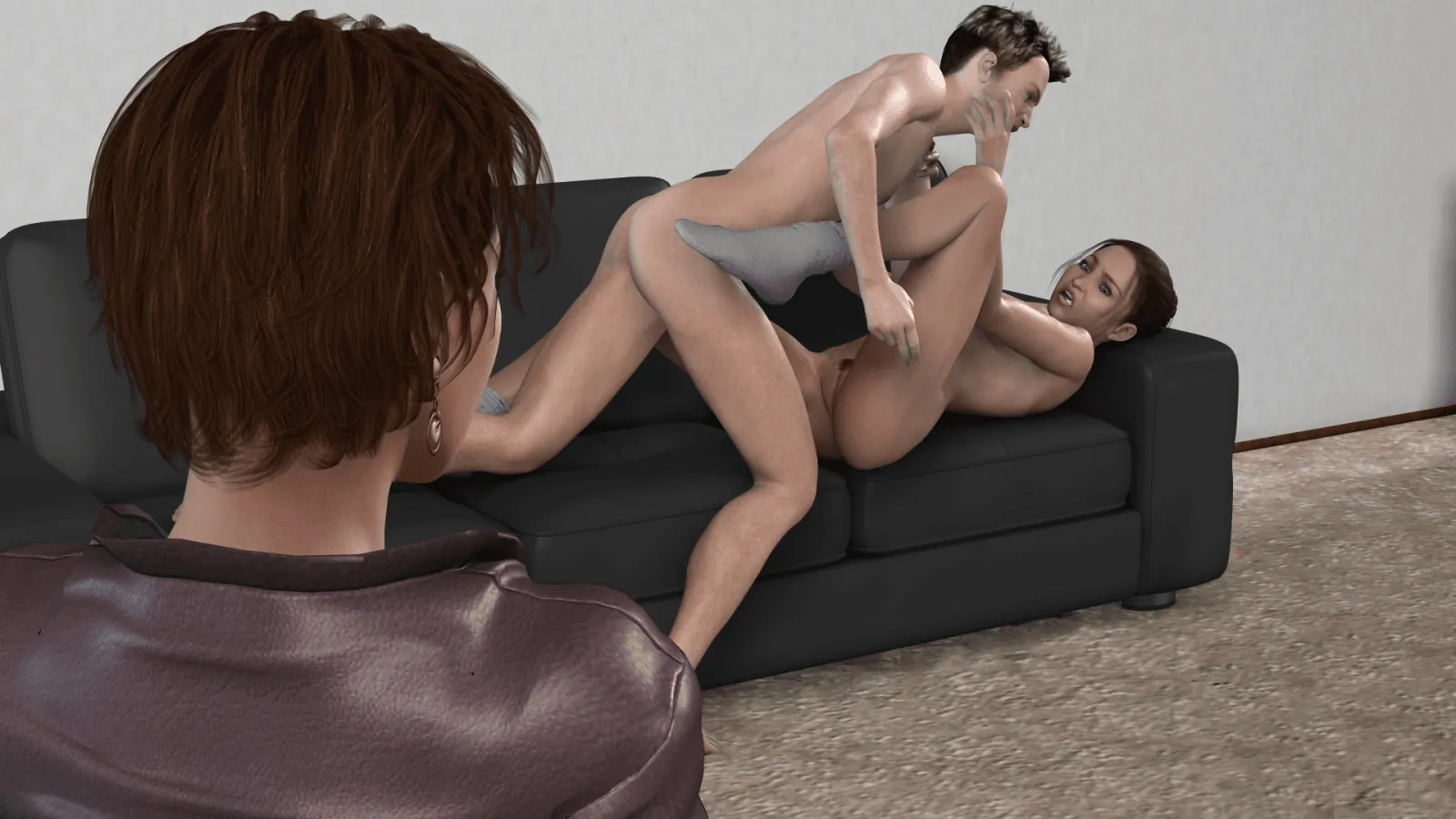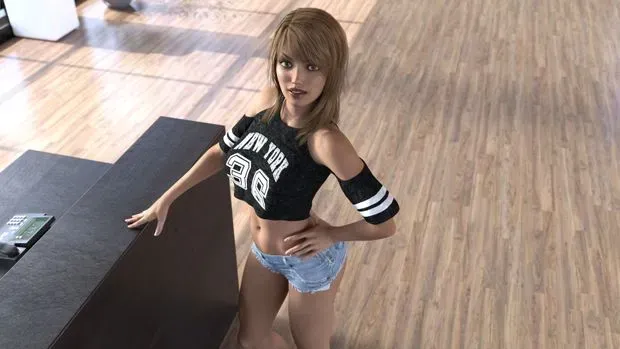
Babysitter
Play Babysitter
Babysitter review
Exploring Gameplay, Features, and Player Insights of Babysitter
Babysitter is a distinctive game that has captured attention for its unique approach and engaging gameplay. In this article, we dive deep into what makes Babysitter stand out, exploring its core mechanics, storyline, and player reception. Whether you’re curious about how the game plays or want to understand its appeal, this guide will provide a comprehensive overview to enhance your gaming experience.
Understanding Babysitter: Gameplay and Core Features
Ever stumbled upon a game that completely flips your expectations? 😲 That was me with Babysitter. I went in thinking it might be a simple, casual time-management sim. Boy, was I wrong. This game is a wild, heart-pounding ride that blends tension, strategy, and a surprising amount of heart. If you’re curious about what makes this title tick, you’ve come to the right place. Let’s pull back the curtain on this unique experience.
This chapter is your ultimate guide to understanding the core of what makes Babysitter so compelling. We’ll break down everything from its basic premise to the intricate details of its controls and visual design. By the end, you’ll not only know what the game is about but you’ll also appreciate the clever design choices that set it apart. 🎮
### What is Babysitter? An Overview
So, what exactly is this game? At its simplest, the Babysitter game overview is this: you play as a teenager tasked with watching a child for the evening. Sounds straightforward, right? Well, the parents have barely pulled out of the driveway before things start to go hilariously and terrifyingly wrong. Your quiet night in quickly devolves into a series of chaotic events that you must manage.
The core objective is deceptively simple: survive the night and keep the child safe, fed, and happy. 😅 But this is no ordinary child, and this is certainly no ordinary house. The game masterfully blends elements of dark comedy with genuine moments of panic. My first playthrough was a disaster; I spent more time hiding in a closet from unexplained noises than I did actually “babysitting.” It was this perfect mix of failure and fun that hooked me immediately.
This initial Babysitter game overview only scratches the surface. It’s a game about resource management, quick thinking, and dealing with the utterly unpredictable. It takes a relatable, almost mundane premise and injects it with a shot of adrenaline, creating a unique experience that is equal parts stressful and rewarding.
### Key Gameplay Mechanics Explained
The heart and soul of Babysitter lies in its brilliant Babysitter gameplay mechanics. This isn’t a game where you just click on objectives. You are actively juggling multiple tasks under constant pressure, which creates an incredibly immersive and tense atmosphere.
The primary mechanics revolve around a few key pillars:
* Needs Management: You have to constantly monitor the child’s needs—hunger, happiness, and safety. Let one drop too low, and your night will become significantly more difficult. 🍕
* Environmental Interaction: The house is full of interactable objects. You’ll be microwaving pizza, searching for batteries for a flashlight, barricading doors, and trying to find a specific VHS tape to calm a tantrum, all while the clock is ticking.
* Event Triggers: Random events are the spice of the game. One moment you’re watching cartoons, the next you’re investigating a strange sound in the basement or trying to coax the child out from under a bed they’re convinced a monster lives under. These events are what make every playthrough different.
Mastering these Babysitter gameplay mechanics is the key to success. It’s a delicate balancing act. Do you risk going into the dark backyard to reset the circuit breaker, leaving the child alone for a minute? Or do you hunker down and hope the power comes back on its own? These are the tense decisions you’ll face.
To help you get a handle on how you interact with this chaos, here’s a breakdown of the primary actions:
| Action Category | Control Input | In-Game Mechanic |
|---|---|---|
| Movement & Navigation | W, A, S, D Keys | Explore the house, reach different rooms quickly to respond to events. |
| Primary Interaction | E Key | Pick up items, use objects (e.g., microwave, TV, toys). |
| Secondary Action | Left Mouse Button | Perform context-sensitive actions like barricading a door or holding the child’s hand. |
| Menu & Inventory | Tab Key | Check the child’s status, review your current objectives, and manage items in your pockets. |
| Sprint | Left Shift Key | Move faster at the cost of making more noise, which can attract unwanted attention. |
Understanding this table is a huge part of learning how to play Babysitter game effectively. The Babysitter controls are intuitive but remember—panic hitting keys will get you nowhere fast! I learned that the hard way when I accidentally threw a jar of peanut butter at a wall instead of making a sandwich. 🥜😬
### Visuals and User Interface Insights
You can’t talk about Babysitter without praising its distinct Babysitter visual style. The game employs a stylized, almost cartoonish aesthetic that cleverly contrasts with its darker thematic elements. The character designs are expressive, with the child’s face perfectly capturing a spectrum of emotions from pure joy to utter terror. The house itself feels lived-in and detailed, with a nostalgic 90s vibe that adds tons of charm.
This choice in Babysitter visual style is genius. The brighter, almost cheerful visuals make the sudden scares and tense moments even more impactful. It lulls you into a false sense of security before pulling the rug out from under you. The lighting is also a star player; navigating dark hallways with only the flicker of a TV screen is genuinely unnerving. 🌑✨
Equally important is the Babysitter game user interface. The UI is minimalist and smart, ensuring it provides crucial information without cluttering the screen and breaking immersion. Your key metrics are displayed as simple icons at the bottom of the screen—a heart for happiness, a sandwich for hunger, and a shield for safety. These icons pulse and change color as levels get critical, a subtle but effective warning system.
The Babysitter game user interface also includes a context-sensitive action prompt that appears near interactable objects, which is a lifesaver when you’re frantically looking for what to do next. The inventory is clean and easy to navigate, even in the heat of the moment. This thoughtful design ensures that you’re fighting the challenges of the game itself, not a confusing menu system.
These unique babysitter game features—the juxtaposition of its visual tone with its gameplay and the incredibly slick UI—work in harmony to create a cohesive and deeply engaging world. It shows a level of polish and intentional design that truly elevates the entire experience. It’s not just about what you do in the game, but how the entire package makes you feel: like a terrified, responsible, and utterly determined babysitter just trying to make it to morning. 🌅
Babysitter offers a unique and engaging gaming experience through its distinctive gameplay mechanics, visual design, and interactive features. Whether you’re a casual player or a gaming enthusiast, understanding these elements can enrich your appreciation of the game. Dive in and explore Babysitter to discover what makes it a memorable title in its genre.

